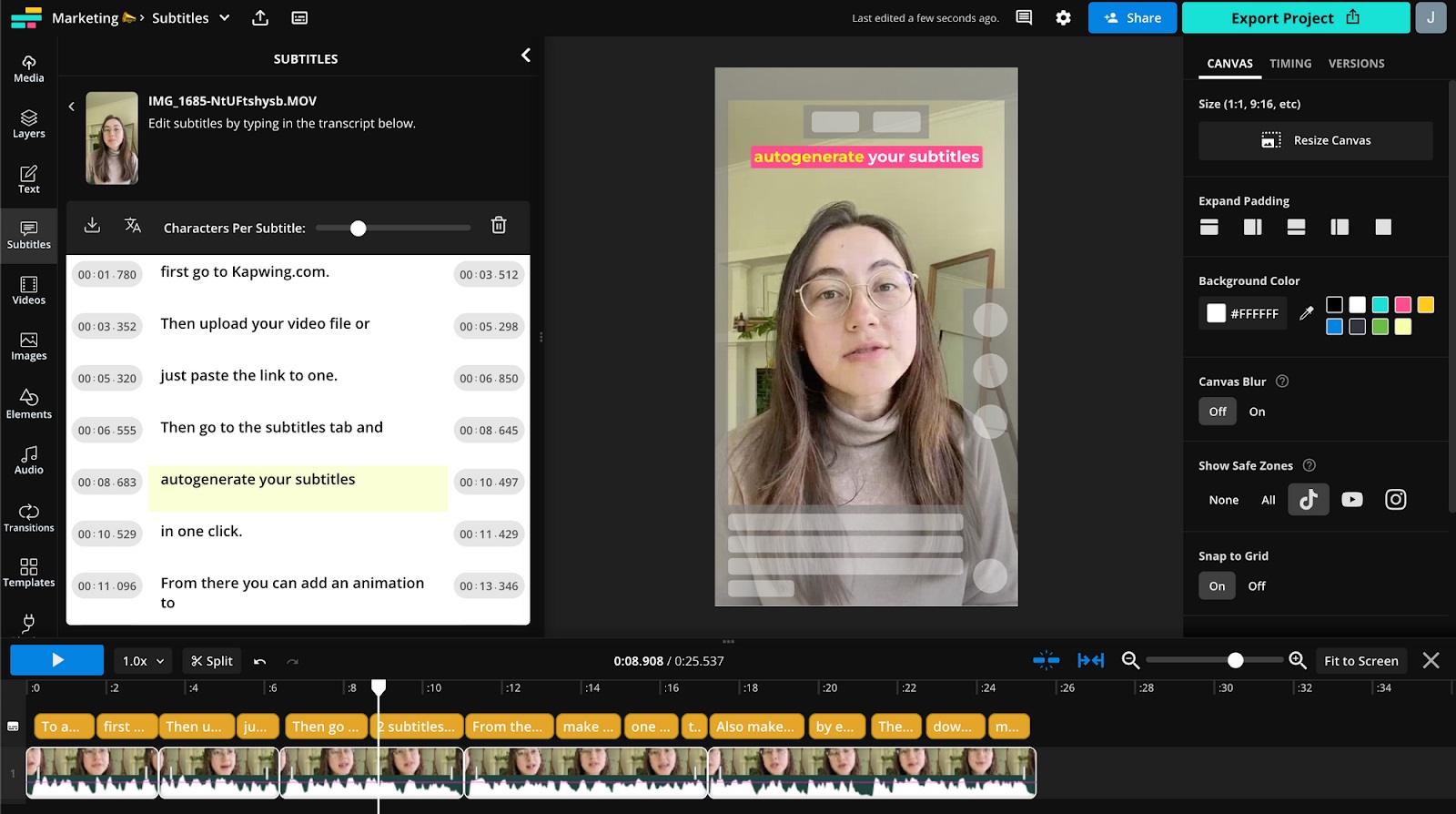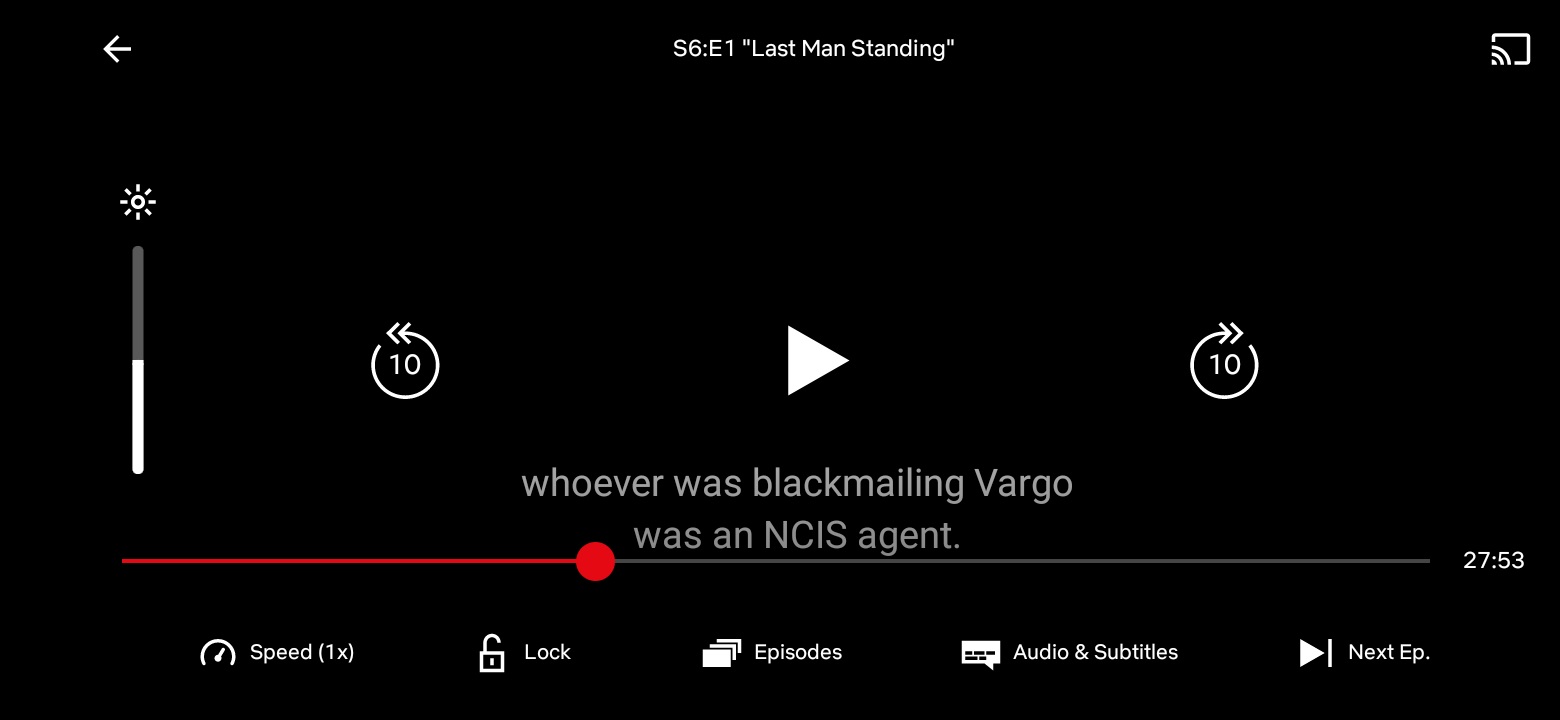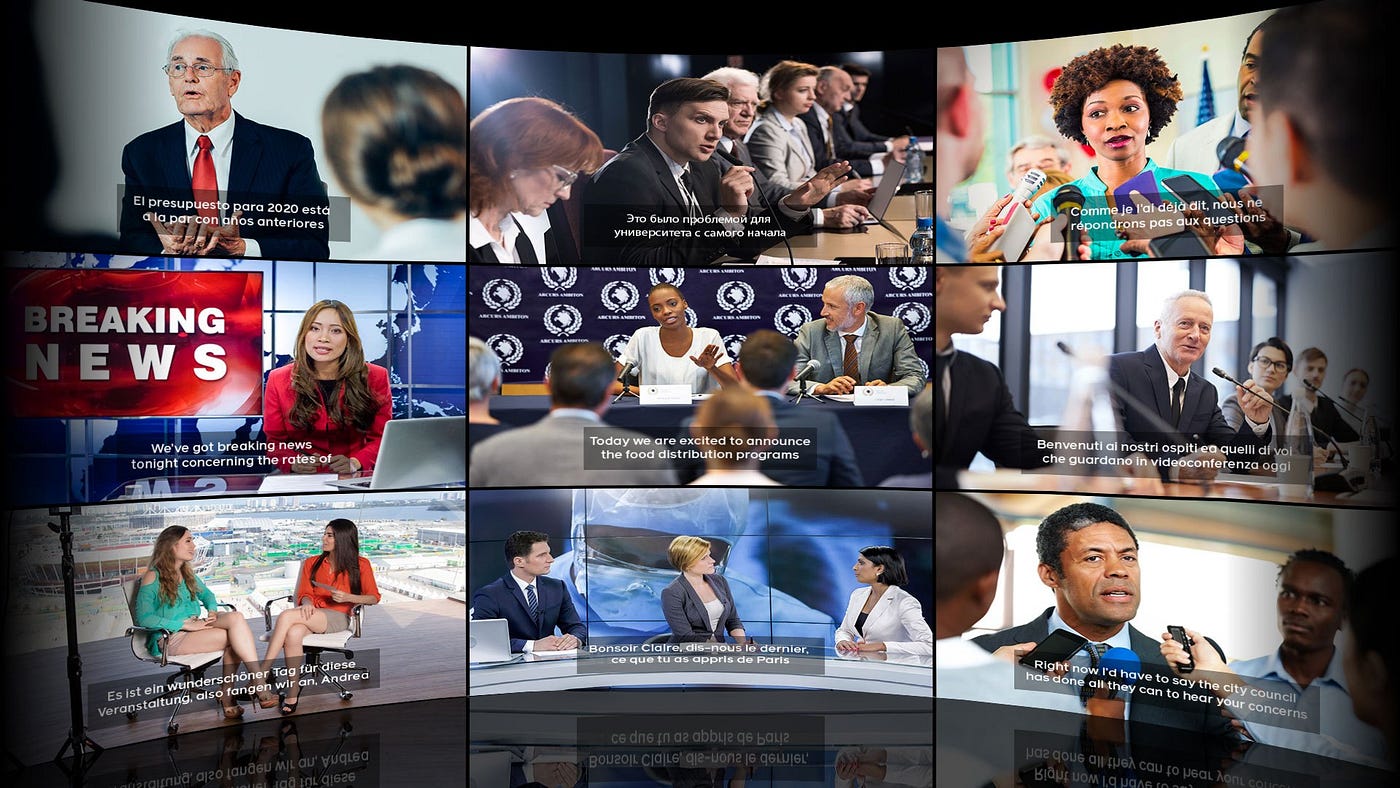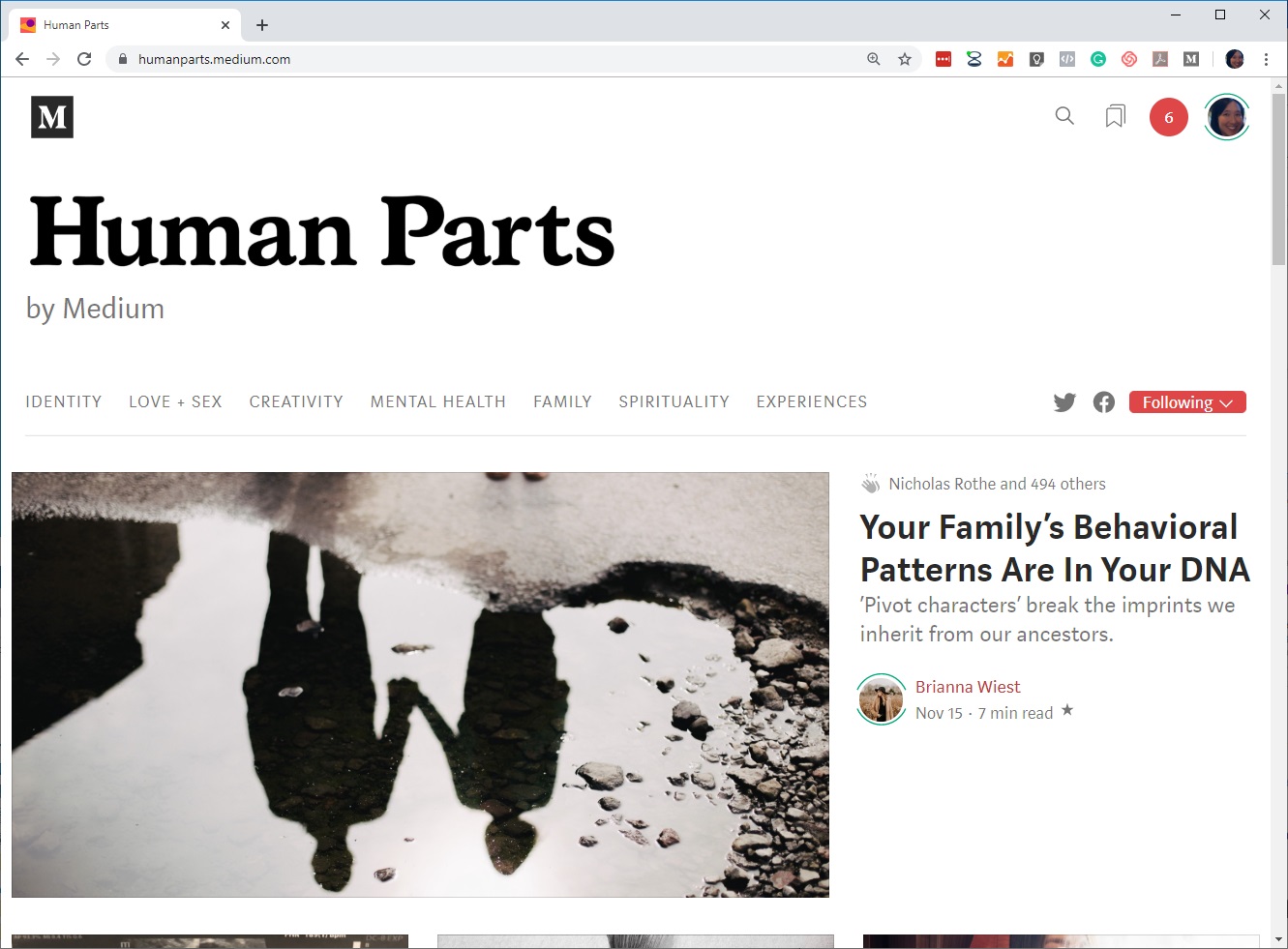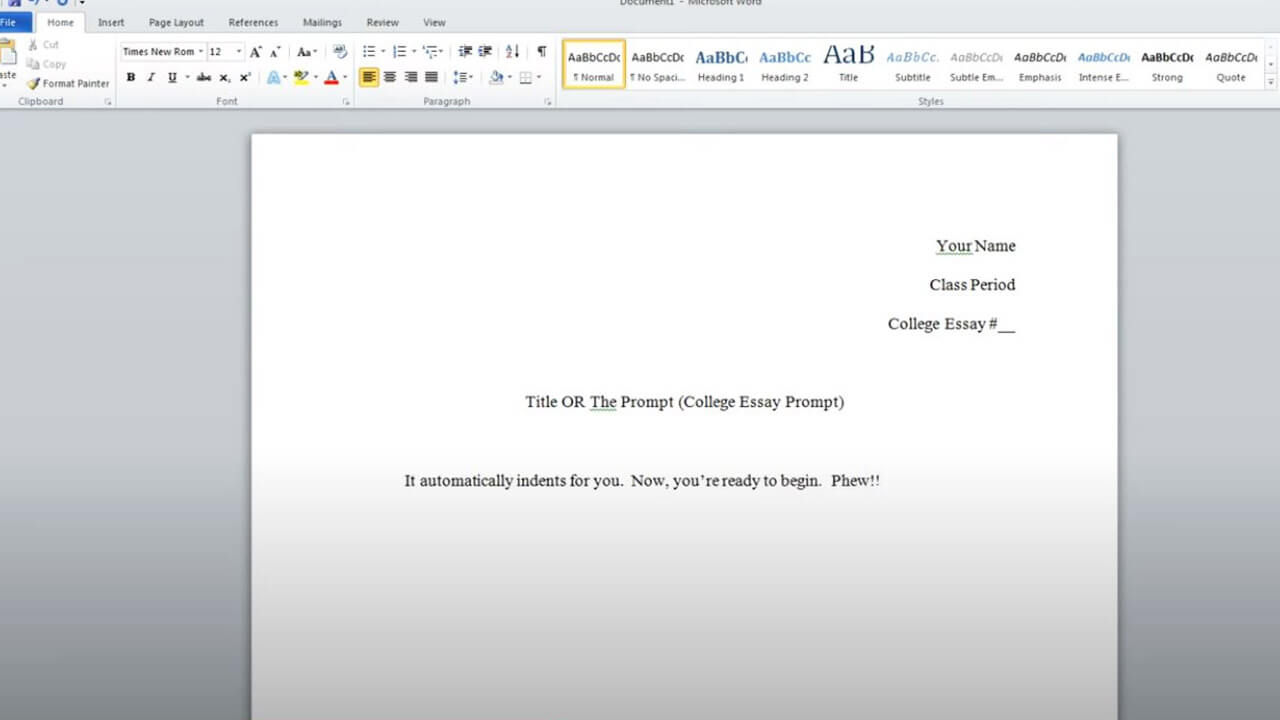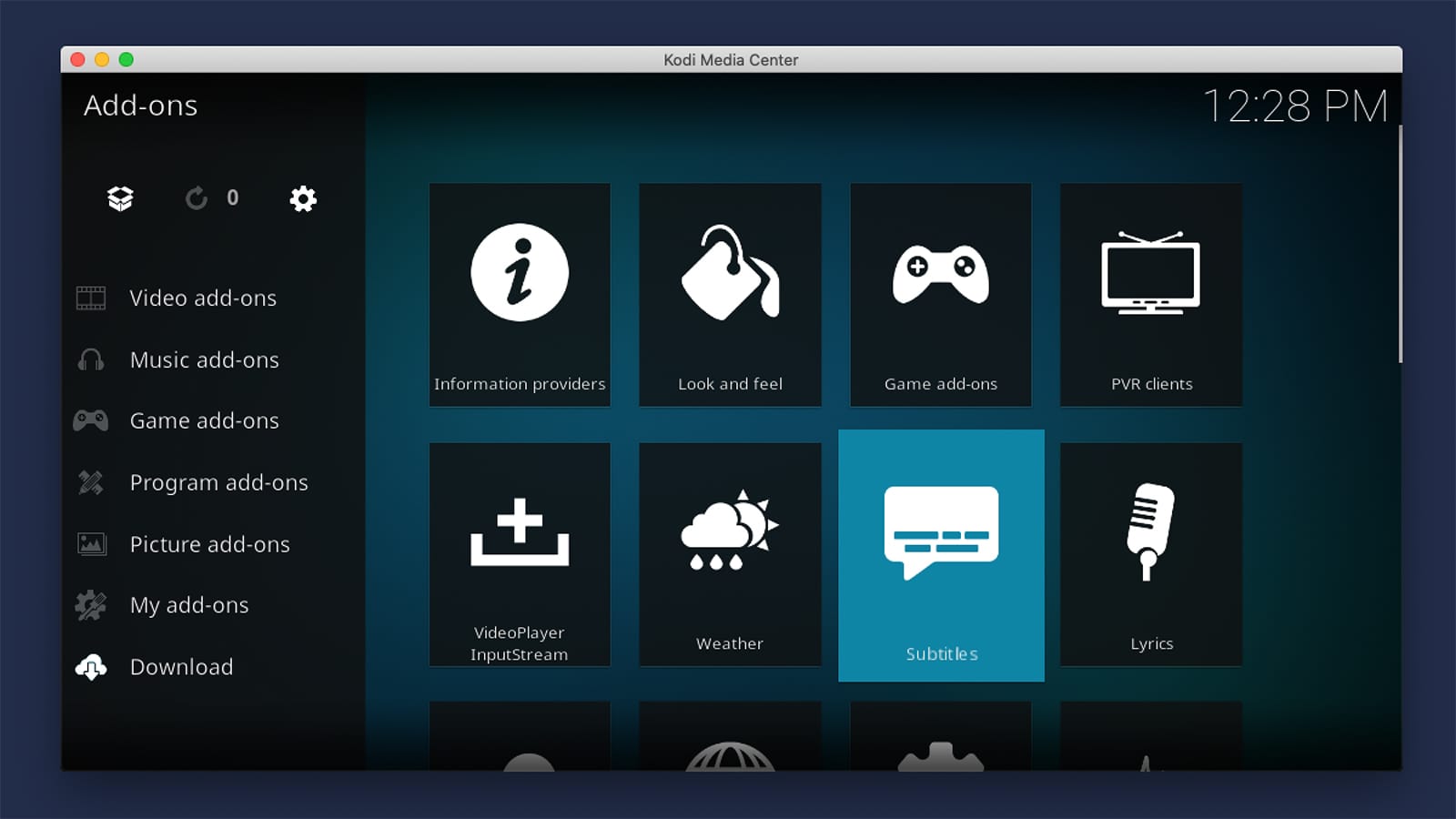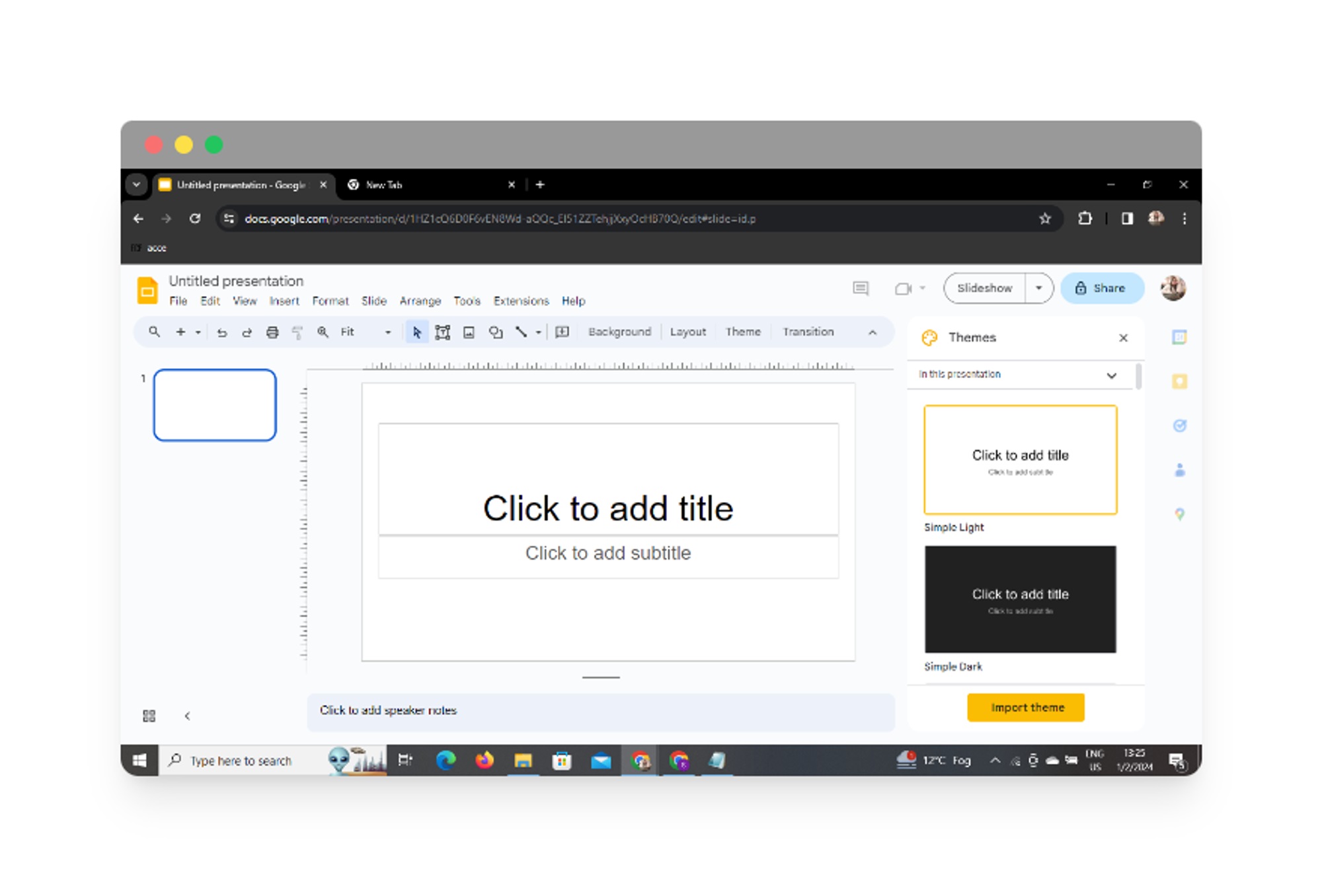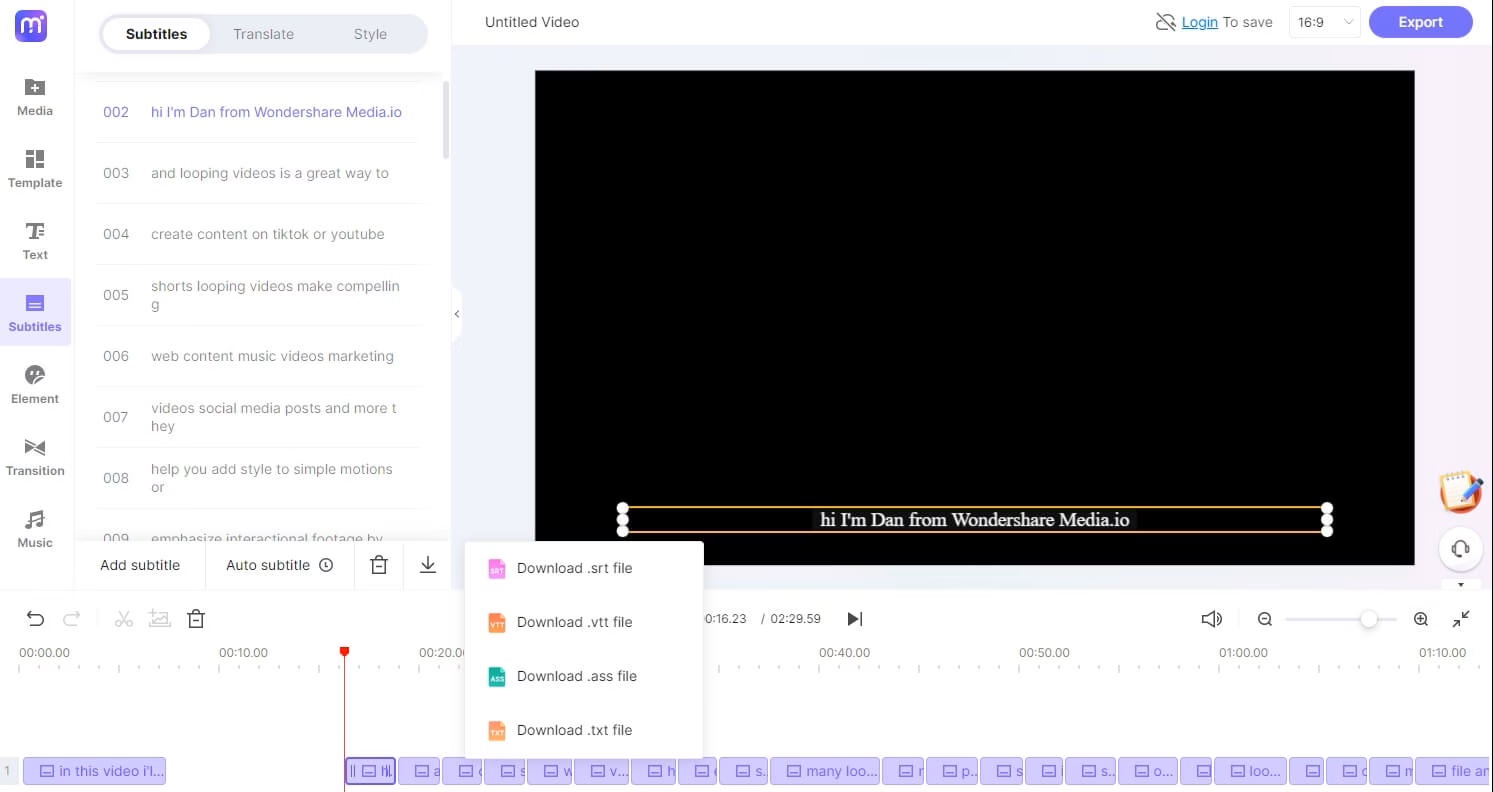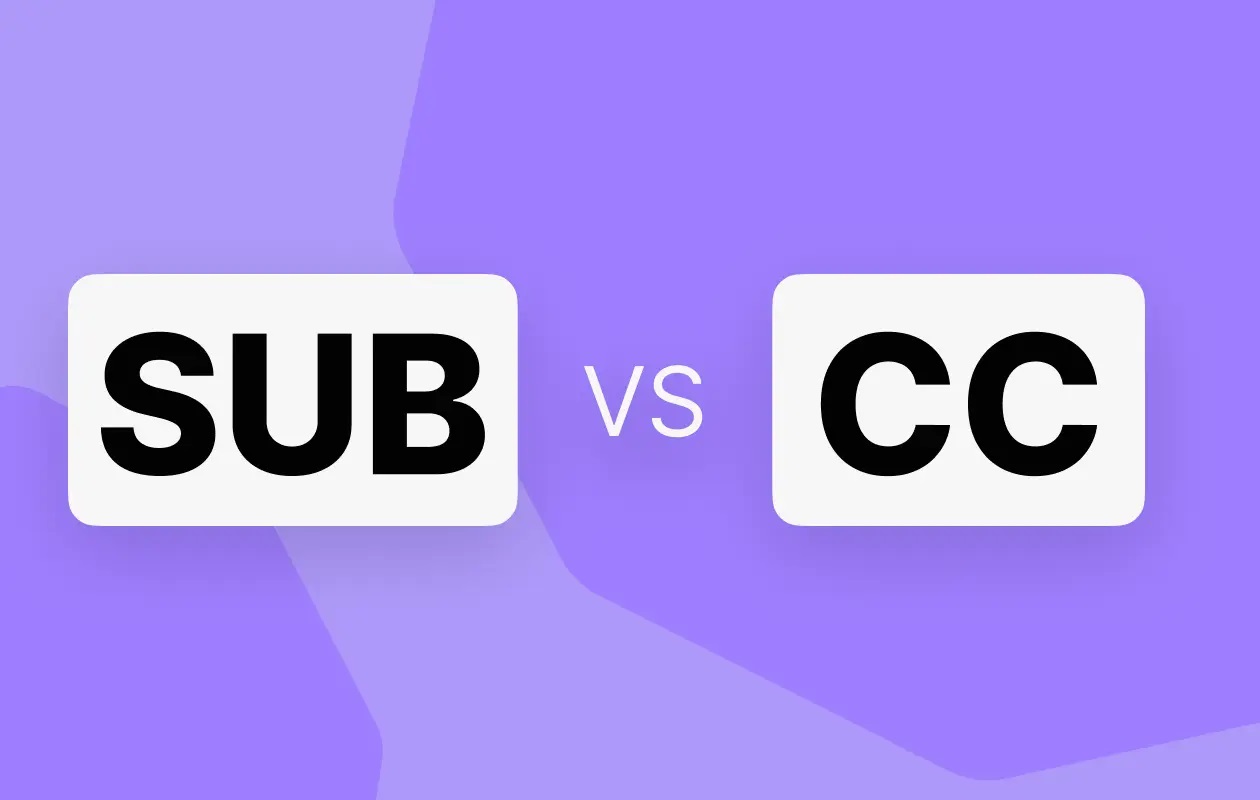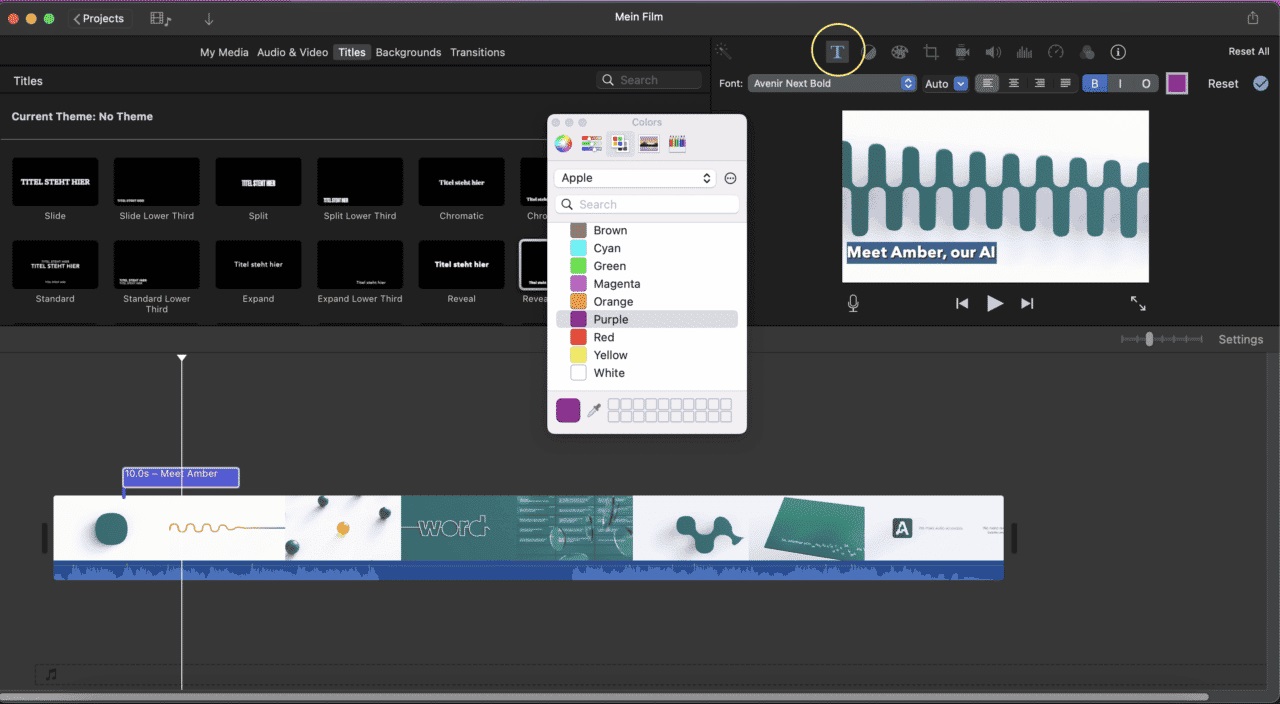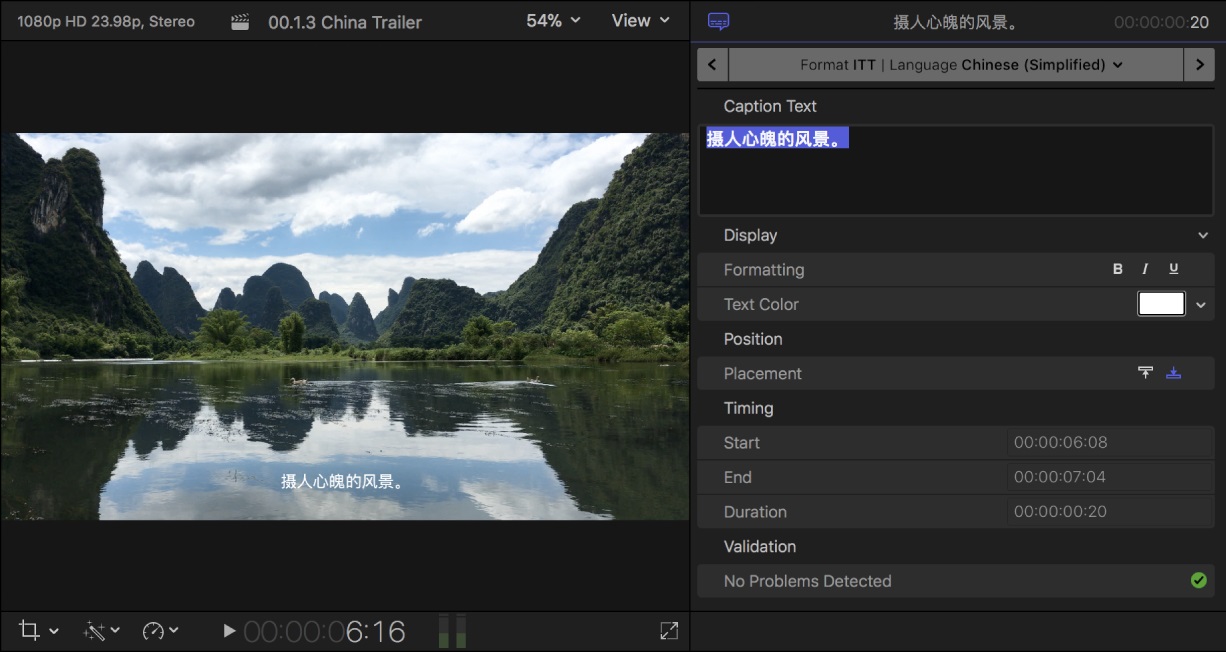Home>How-To Guides>Tips and Tricks>MLA Subtitle Formatting
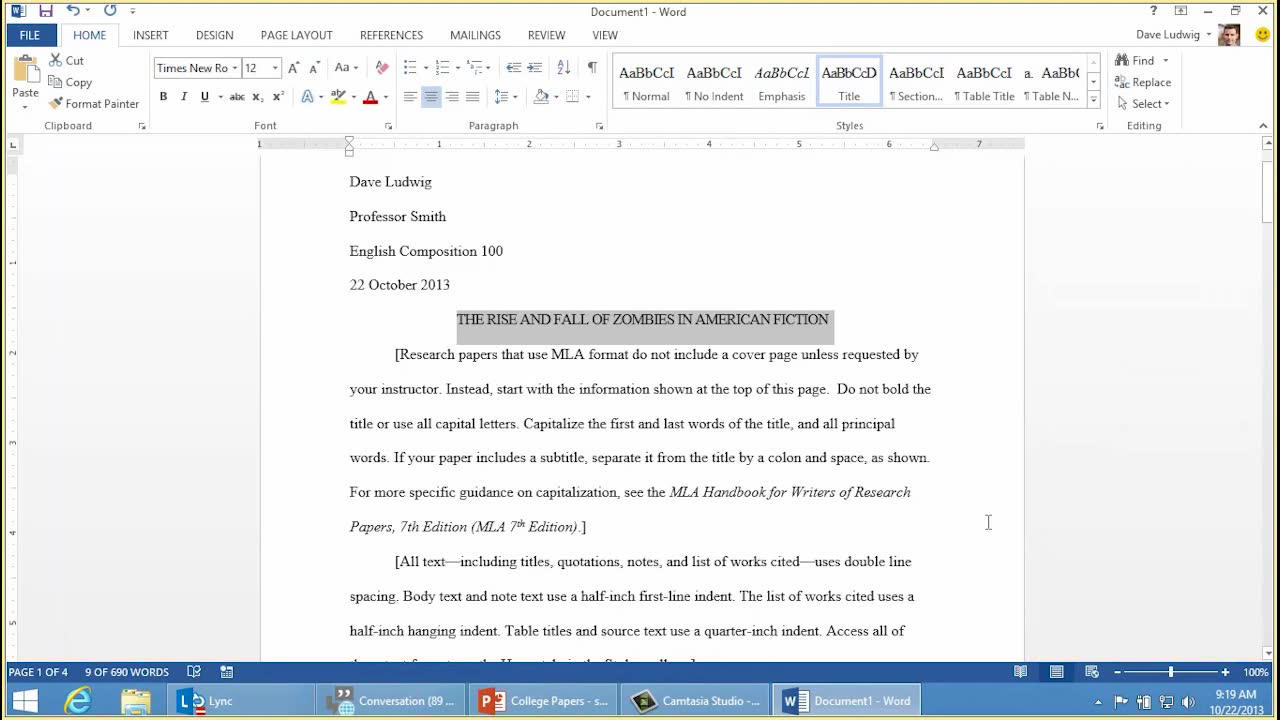

Tips and Tricks
MLA Subtitle Formatting
Published: February 22, 2024
Learn how to format subtitles in MLA style with these essential tips and tricks. Master the art of MLA subtitle formatting for your academic papers.
(Many of the links in this article redirect to a specific reviewed product. Your purchase of these products through affiliate links helps to generate commission for Techsplurge.com, at no extra cost. Learn more)
Table of Contents
Introduction
Subtitle formatting is an essential aspect of creating well-structured and professional documents in accordance with the guidelines set forth by the Modern Language Association (MLA). When crafting academic papers, articles, or essays, adhering to the MLA subtitle formatting rules is crucial for maintaining consistency and clarity throughout the document. Proper subtitle formatting not only enhances the visual presentation of the content but also ensures that readers can easily navigate through the material.
In this comprehensive guide, we will delve into the intricacies of MLA subtitle formatting, providing clear guidelines, examples, and common mistakes to avoid. By understanding and implementing the correct formatting for subtitles, writers can elevate the overall quality of their work and effectively communicate their ideas to the audience.
Effective subtitle formatting serves as a roadmap for readers, guiding them through the various sections and subsections of a document. It enables writers to organize their content in a logical and coherent manner, facilitating comprehension and engagement. Whether it's a research paper, a literary analysis, or a scholarly article, adhering to MLA subtitle formatting principles demonstrates a commitment to precision and professionalism in academic writing.
Throughout this guide, we will explore the nuances of formatting subtitles in MLA style, shedding light on the specific rules and conventions that govern this aspect of document preparation. By mastering the art of subtitle formatting, writers can convey their ideas with clarity and precision, leaving a lasting impression on their readers.
Now, let's embark on a journey to unravel the intricacies of MLA subtitle formatting, equipping ourselves with the knowledge and skills to create polished and well-organized documents that adhere to the highest standards of academic writing.
Read more: What Is A Subtitle In Powerpoint
Guidelines for Subtitle Formatting in MLA
When it comes to formatting subtitles in MLA style, it is essential to adhere to specific guidelines to ensure consistency and clarity throughout the document. The following rules and conventions serve as a foundation for effectively structuring subtitles in accordance with MLA standards:
-
Placement and Capitalization: Subtitles should be formatted with a colon followed by a space. They are placed on a new line after the main title, and the first word of the subtitle is capitalized. For example:
- The Art of Storytelling: Crafting Compelling Narratives
-
Font and Styling: Subtitles should maintain the same font and styling as the main title. It is recommended to use a standard font such as Times New Roman or Arial, with a font size of 12 points.
-
Alignment and Spacing: Subtitles should be aligned to the left, and the text should be double-spaced, maintaining consistency with the overall formatting of the document.
-
Length and Conciseness: Subtitles should be concise and informative, providing a clear indication of the content that follows. It is advisable to avoid lengthy subtitles that may detract from the document's readability.
-
Punctuation and Italics: As mentioned earlier, subtitles are separated from the main title by a colon. Italicizing the subtitle is not required unless it contains the title of a source or a foreign language phrase.
-
Consistency: Maintaining consistency in subtitle formatting is crucial throughout the document. Whether it's an academic paper, article, or essay, adhering to the same formatting principles for subtitles reinforces the professionalism and coherence of the work.
Adhering to these guidelines ensures that subtitles are presented in a uniform and structured manner, contributing to the overall organization and readability of the document. By following these rules, writers can effectively guide readers through the various sections of their work, facilitating comprehension and engagement.
In the next section, we will explore examples of proper subtitle formatting in MLA, providing practical illustrations of the guidelines discussed above. Understanding these examples will further solidify the principles of MLA subtitle formatting and equip writers with the knowledge to implement them effectively in their own work.
Examples of Proper Subtitle Formatting
Proper subtitle formatting in MLA style is essential for maintaining consistency and clarity in academic writing. Let's explore practical examples that illustrate the correct application of MLA subtitle formatting guidelines:
-
Research Paper Title: The Impact of Climate Change on Biodiversity
- Subtitle: Examining Ecosystem Vulnerability in Tropical Rainforests
-
Literary Analysis: Symbolism in "The Great Gatsby"
- Subtitle: Unveiling the Significance of the Green Light
-
Article Title: The Future of Artificial Intelligence
- Subtitle: Ethical Considerations and Societal Implications
-
Essay: The Power of Language in Political Discourse
- Subtitle: Analyzing Rhetorical Strategies in Public Address
In each example, the subtitle is formatted with a colon and a space, placed on a new line after the main title. The first word of the subtitle is capitalized, adhering to the standard practice in MLA formatting. The font and styling of the subtitle match that of the main title, ensuring visual consistency throughout the document.
These examples demonstrate the concise and informative nature of subtitles, providing a clear indication of the specific focus within the broader topic. By following these examples, writers can effectively structure their documents, guiding readers through the various sections with clarity and precision.
By incorporating these examples into their writing, authors can elevate the professionalism and coherence of their work, ultimately enhancing the overall readability and impact of their documents.
In the following section, we will delve into common mistakes to avoid when formatting subtitles in MLA, providing valuable insights to help writers steer clear of potential pitfalls and uphold the highest standards of academic writing.
Common Mistakes to Avoid
When formatting subtitles in accordance with MLA guidelines, it is crucial to be mindful of common mistakes that can detract from the professionalism and coherence of the document. By recognizing and avoiding these pitfalls, writers can uphold the integrity of their work and ensure that the subtitles effectively serve their intended purpose. Here are some common mistakes to steer clear of:
Inconsistent Capitalization:
One prevalent mistake is inconsistent capitalization within subtitles. It is essential to adhere to the rule of capitalizing the first word of the subtitle, as this maintains uniformity and readability throughout the document. Inconsistencies in capitalization can disrupt the visual flow and detract from the overall presentation.
Read more: The Importance of Netflix Subtitles
Improper Placement:
Misplacing the subtitle in relation to the main title is another common error. Subtitles should always be positioned on a new line after the main title, separated by a colon and a space. Failing to adhere to this placement guideline can lead to confusion and disrupt the hierarchical structure of the document.
Excessive Length:
Overly lengthy subtitles can hinder readability and impact the overall flow of the document. Writers should strive to keep subtitles concise and focused, providing a clear indication of the content that follows. Avoiding verbosity in subtitles ensures that readers can quickly grasp the specific focus of each section without being overwhelmed by excessive wording.
Inconsistent Formatting:
Deviation from the prescribed font, styling, alignment, or spacing for subtitles can undermine the visual consistency of the document. It is imperative to maintain uniform formatting throughout, aligning with the overall MLA style guidelines. Consistency in formatting reinforces the professionalism and coherence of the document, enhancing its visual appeal and readability.
Lack of Clarity:
Subtitles should succinctly convey the specific focus or theme of the subsequent section. Failing to provide clear and informative subtitles can lead to confusion and ambiguity for the reader. Writers should ensure that each subtitle effectively encapsulates the content that follows, guiding the reader through the document with precision and clarity.
By being mindful of these common mistakes and diligently adhering to the established guidelines for subtitle formatting in MLA style, writers can elevate the quality and impact of their documents. Avoiding these pitfalls contributes to the overall professionalism and readability of the work, ensuring that the subtitles effectively fulfill their role in guiding and engaging the reader.
Read more: How To Add Subtitles To A Video
Conclusion
In conclusion, mastering the art of subtitle formatting in accordance with MLA guidelines is a fundamental skill for writers seeking to convey their ideas with clarity and professionalism. By adhering to the specific rules and conventions outlined for subtitle formatting, writers can enhance the organization, readability, and visual appeal of their documents. The guidelines for subtitle placement, capitalization, font and styling, alignment and spacing, length and conciseness, punctuation and italics, and consistency serve as pillars for creating well-structured and cohesive content.
Proper subtitle formatting not only contributes to the visual coherence of a document but also plays a pivotal role in guiding readers through the various sections and subsections. The examples provided illustrate the effective application of MLA subtitle formatting guidelines, showcasing how concise and informative subtitles can provide a clear roadmap for readers, enhancing their understanding and engagement.
Furthermore, by recognizing and avoiding common mistakes such as inconsistent capitalization, improper placement, excessive length, inconsistent formatting, and lack of clarity, writers can uphold the integrity and professionalism of their work. Consistency in formatting and adherence to the prescribed guidelines reinforce the visual appeal and coherence of the document, elevating its overall impact.
In the realm of academic writing, where precision and clarity are paramount, mastering MLA subtitle formatting is a valuable skill that empowers writers to present their ideas with precision and professionalism. Whether crafting research papers, literary analyses, articles, or essays, the ability to structure subtitles in accordance with MLA guidelines demonstrates a commitment to excellence in academic writing.
By embracing the principles of MLA subtitle formatting and integrating them into their writing practices, authors can effectively communicate their ideas, guide readers through their content, and leave a lasting impression of professionalism and coherence. As writers continue to refine their skills in subtitle formatting, they contribute to the advancement of clear and impactful communication in the academic sphere, ultimately enriching the exchange of knowledge and ideas.

